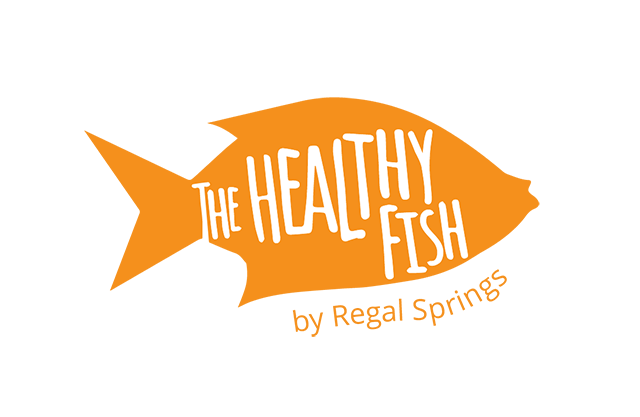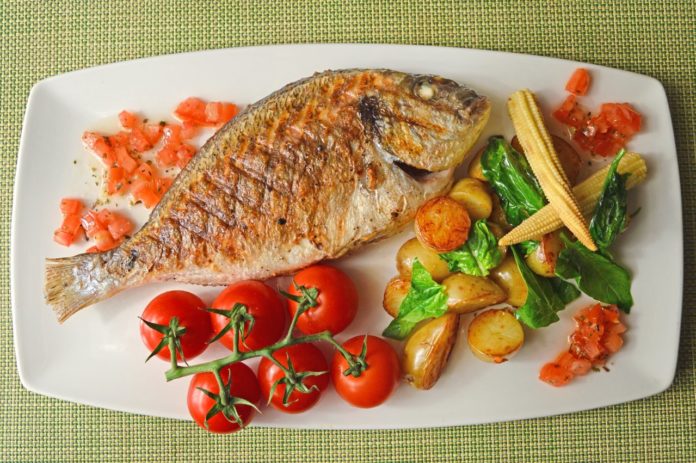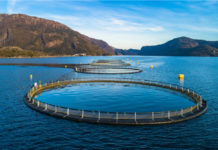Everything we eat affects the environment; from how meat is processed, to how we transport food and even to our consumption patterns. The amount of greenhouse gasses created are on the rise. This has huge implications for the world, but there are many things you can do to help the planet, such as buy sustainable food, use reusable bags when you shop or even invest in a compost system for your house.
Is It True That Processing Meat Is Bad for the Environment?
Let’s start by addressing the elephant in the room—or should we say, the cow?
Raising animals for meat is a major contributor to climate change. When farms industrialized in the mid-1900s, they began using techniques that were harmful to the animals and the planet—and this continues today. By modest estimates, greenhouse gas emissions along the livestock supply chain total a whopping 14.5 percent of all human emissions. Who knew meat could be so bad for the environment?
How to Help
- Eat less meat – And don’t worry about protein deficiency—in developed nations like the U.S. we already get more protein than we need. The body can only process a certain amount of protein per day, so eating less won’t be a bad thing.
- Buy meat from sustainable farmers – Buying meat from sustainable farms can be more expensive, but it’s better for you and the Earth. If you’re yearning for chicken or beef, make sure you’re getting them from responsible farms, where chickens have free range, cattle graze in open fields and there are no chemical inputs.
Are Some Meats More Environmentally Friendly Than Others?

Not all livestock are created equal when it comes to emitting greenhouse gases. On the extreme end of the spectrum are beef and lamb, emitting the most greenhouse gasses. Pork is moderate by comparison, and poultry is the best land-based meat when it comes to their output ranking.
But the most environmentally friendly animal protein can be found underwater—fish and shellfish emit less greenhouse gasses than land-based meat, and they create less waste. Consider becoming pescetarian if you want to help combat global warming, but be wary of how your fish is caught. Ships can burn a lot of fuel checking their nets and traps, and techniques such as trawling, dredging and gillnetting can be extremely harmful to wild ecosystems.
How to Help
- Minimize your carbon footprint – In general, we recommend increasing your seafood consumption—it’s a great idea to get your seafood from well-managed fish farms specializing in shellfish such as clams and mussels, or species such as Tilapia.
- Source seafood with care – Fishing standards can vary significantly within the industry, so look for fish and shellfish that are certified sustainable by groups like the Aquaculture Stewardship Council or Global Aquaculture Alliance, which actively track how fishermen conduct their business.
What About Fruits and Vegetables?

Eating fruits and vegetables is more eco-friendly than eating meat, but there are still problems. Many superfoods, like quinoa and avocado, as well as some of our favorite sources of vegetarian protein, such as soy and almonds, contribute to climate change as they’re flown and shipped from far away and also may be grown with poor farming techniques.
How to Help
- Buy local – Try to buy local and eat what’s in season; it’s a great way to lower greenhouse gas emissions because less food will have to be transported or preserved for long periods of time.
- Buy organic – Just like with meat, sourcing should be a major concern. “Organic” may seem like a quaint label in the supermarket, but supporting conscientious food producers—farmers who nourish their land—is a huge step in helping our planet.
Don’t Change What You Eat, but How You Eat
Whether or not you change how you source food, you can easily change consumption patterns by throwing out less food and using fewer disposable containers and utensils.
Americans waste a staggering amount of food—about 40 percent of available food. Our landfills are filled with uneaten food, and all of that food is produced using land, water and fuel. We also love takeout, and our lunches, dinners and snacks too often involve hard-to-recycle plastic bags, cups, straws and cutlery, as well as cardboard and styrofoam packaging.
How to Help
- Buy what you need – Plan your meals ahead of time, and shop for a few days’ worth of food instead of a weeks’. That way, your groceries are less likely to get lost in an overstuffed fridge.
- Limit takeout – When you plan your meals, limit your takeout to once a week at most, and use your own utensils when you order in. You can also bring to-go cups to your favorite coffee shops, and ask for compostable or reusable packaging when you order takeout.
- Compost – Have a separate bin in your kitchen where food scraps and napkins can go to compost instead of the garbage.
By simply changing your diet and consumption patterns, you can easily minimize your environmental impact.
Want to learn more about how fish impacts the environment? We’ve compiled 12 easy tips to follow to help the environment for the long-term.
Photos: Shutterstock / valerylilas, Shutterstock / JustUsForUs, Shutterstock / Grisha Bruev






